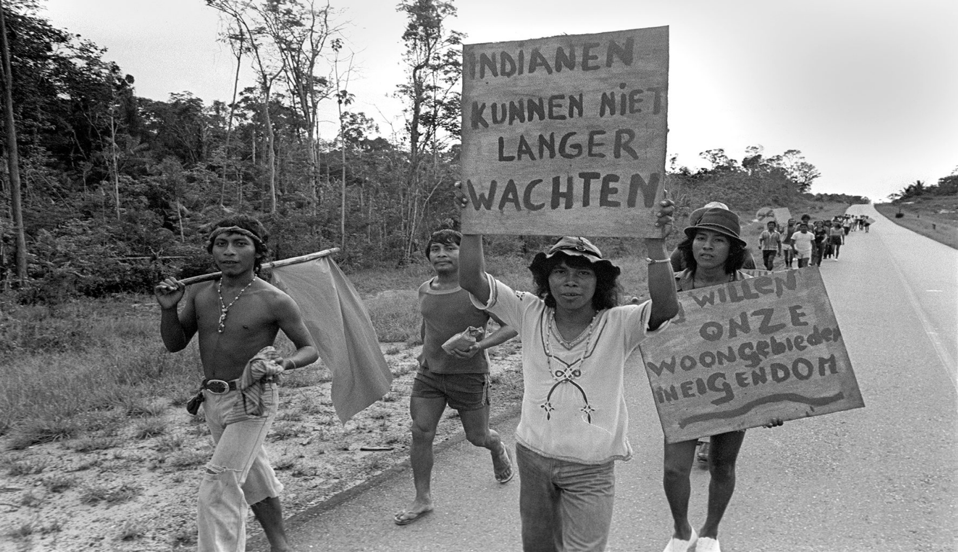Have you ever wondered about the role of the Maroons in Suriname’s history? Well, get ready to dive into their fascinating story. In Suriname, the Maroons play a crucial role in shaping the nation’s history and cultural identity. These communities of escaped slaves fought for their freedom and established their own societies in the dense rainforests of Suriname. Their resilience and determination have left a lasting impact on the country, and their story is one that deserves to be explored further.
The Maroons were descendants of African slaves who managed to escape from the plantations during the colonial era. Instead of succumbing to a life of oppression, they chose to run away and find safety and freedom in the inhospitable interior of Suriname. These courageous individuals formed tight-knit communities, often deep in the rainforests, where they could live according to their own customs and traditions. Their ability to adapt and survive in the harsh conditions of the jungle became a symbol of resistance and rebellion against the plantation system.
As you delve deeper into the history of Suriname’s Maroons, you will learn about the different tribes and their unique cultural practices. Each Maroon tribe has its own language, traditions, and rituals, contributing to the rich diversity of Surinamese culture. You will discover how these communities maintained their autonomy and developed sustainable agricultural practices, relying on their knowledge of the forests and rivers. Furthermore, their oral traditions and storytelling have ensured that their history and heritage are passed down through generations, preserving the legacy of the Maroons for years to come. So, keep reading to uncover the fascinating role of the Maroons in Suriname’s history and how they continue to shape the country today. Suriname, a small country located on the northeastern coast of South America, is known for its rich cultural heritage and diverse demographics. One of the key components of Suriname’s history is the significant role played by the Maroons, a community of African descent who escaped from slavery and established their own communities in the country’s interior. In this article, we will explore the background of Suriname, introduce the concept of Maroons, discuss their culture and traditions, examine their contributions to Suriname’s fight for independence, and highlight the challenges and progress faced by Maroon communities today.
Background of Suriname
Geographical location of Suriname
Suriname is situated on the northeastern coast of South America, bordered by Guyana to the west, French Guiana to the east, Brazil to the south, and the Atlantic Ocean to the north. It spans an area of approximately 165,000 square kilometers and is characterized by dense tropical rainforests, rivers, and diverse wildlife. The capital city of Suriname is Paramaribo, which is located on the Atlantic coast.
Demographic makeup of Suriname
Suriname is a multicultural society with a population of approximately 600,000 people. The country’s population is composed of various ethnic groups, including the Creoles (descendants of African slaves), Hindustanis (descendants of indentured laborers from India), Javanese (descendants of Javanese contract workers), Maroons (descendants of African slaves who escaped from plantations), Chinese, and Amerindians (indigenous peoples).
Introduction to Maroons
Definition and origin of Maroons
Maroons, also known as “Bakabusi” in the Surinamese language, are descendants of African slaves who escaped from the plantations during the era of European colonization. The term “Maroon” is derived from the Spanish word “cimarrón,” which means “wild” or “untamed.” Faced with the harsh realities of slavery, the Maroons chose a life of freedom in the dense forests and mountains of Suriname.
Maroon communities in Suriname
In Suriname, Maroons established their own communities, known as “kondre,” in the country’s hinterland. These communities were strategically located in remote areas, typically far from European colonial settlements. The Maroons developed their own cultural norms, traditions, and systems of governance within these communities, forming a distinct society that has been able to preserve its heritage and traditions to this day.
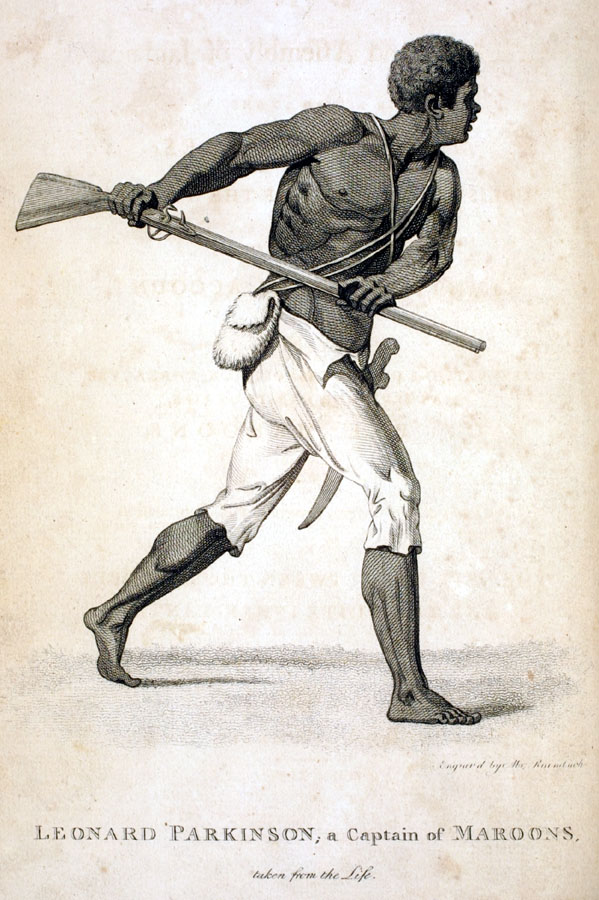
Maroons and Slavery
Enslavement of Maroons by European colonizers
The Maroons, like other enslaved Africans, endured unimaginable hardships under European colonizers. They were subjected to brutal labor, inhumane living conditions, and dehumanization. However, the Maroons’ desire for freedom fueled their resistance against oppression and led them to seek refuge in the jungles of Suriname.
Resistance and escape from slavery
The Maroons’ resistance against slavery took various forms, including individual escapes, organized rebellions, and the establishment of their own communities. They relied on their knowledge of the terrain, resourcefulness, and solidarity to survive and maintain their freedom. Through their defiance and courage, the Maroons challenged the legitimacy of slavery and paved the way for future generations to assert their rights and claim their identity.
Maroon Culture and Traditions
Distinct cultural practices of Maroons
Maroon culture is a vibrant blend of African traditions and indigenous Surinamese customs. The Maroons have preserved their African heritage through their language, music, dance, and art. They have developed unique culinary traditions, such as the preparation of traditional dishes like “pom” (a meat and root vegetable casserole) and “berebere” (a spicy condiment). Moreover, the Maroons have embraced their natural surroundings and have a deep knowledge of medicinal plants and traditional healing practices.
Importance of oral traditions in preserving Maroon history
Oral traditions play a crucial role in preserving Maroon history and passing down cultural heritage from one generation to another. Through storytelling, myths, legends, and songs, the Maroons have preserved their historical narratives, customs, and ancestral wisdom. These oral traditions serve as a powerful tool for cultural continuity and emphasize the importance of collective memory and community identity.
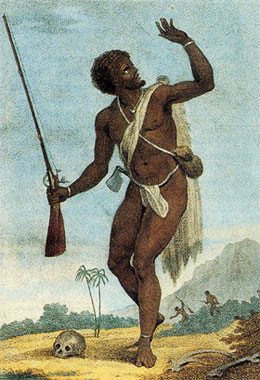
Leadership and Governance among Maroons
Maroon political structure and hierarchy
Maroon communities are organized under a unique political structure that is rooted in ancestral customs and traditions. Each Maroon community is led by a chief, also known as a “granman” or “kapiten,” who is responsible for decision-making, conflict resolution, and maintaining order within the community. The granman is chosen based on their wisdom, knowledge, and ability to uphold Maroon customs.
Role of Maroon leaders in negotiating treaties with colonial powers
Maroon leaders have historically played a significant role in negotiating treaties with colonial powers, such as the Dutch. These treaties, known as “truces,” were agreements that recognized the autonomy and territorial rights of the Maroons in exchange for peace and cooperation. The importance of these treaties cannot be overstated, as they not only secured the existence of Maroon communities but also provided a foundation for future negotiations and interactions with colonial authorities.
Maroon Resistance Movements
Formation of Maroon armies
In response to constant threats from European colonial forces, the Maroons formed their own armies to defend their communities and resist attempts at recapturing escaped slaves. These armies, which consisted of skilled warriors and strategists, implemented guerilla warfare tactics to outwit and outmaneuver their adversaries. Their knowledge of the terrain and the element of surprise often gave them the upper hand in battle.
Major Maroon rebellions against colonial authorities
Throughout Suriname’s history, there were several major Maroon rebellions that successfully challenged European colonial authority. One prominent rebellion was the Boni Wars, led by Boni, a renowned Maroon leader. From 1765 to 1793, Boni and his followers waged a series of guerrilla-style attacks, sabotaging plantation operations and resisting Dutch forces. Despite facing significant challenges, the Maroons were able to maintain their independence and sovereignty.
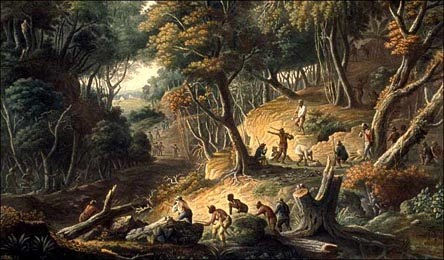
Role of Maroons in Suriname’s Independence Struggle
Participation of Maroons in Suriname’s fight for independence
The Maroons played a pivotal role in Suriname’s struggle for independence from Dutch colonial rule. They actively participated in political movements, advocated for equal rights, and fought against racial discrimination and social injustice. Their strong sense of identity, history, and cultural pride inspired many Surinamese people to envision a future free from colonial domination.
Contribution of Maroon leaders in shaping the nation
Maroon leaders have made significant contributions to the shaping of Surinamese society and politics. Their leadership attributes, dedication to social justice, and commitment to preserving cultural heritage have inspired generations of Surinamese leaders to prioritize inclusivity, diversity, and equality. Maroons have held positions of power and influence in government, education, and cultural institutions, making invaluable contributions to national development.
Maroons and Cultural Preservation
Efforts to preserve and promote Maroon culture
Recognizing the importance of preserving their cultural heritage, Maroon communities have undertaken various initiatives to promote their traditions and raise awareness about their rich history. These efforts include cultural festivals, museums, art exhibitions, and educational programs. By promoting Maroon culture, they aim to increase understanding and appreciation among Surinamese people and international visitors.
Celebration of Maroon festivals and traditions
Maroon festivals, such as “Keti Koti” (Emancipation Day) and “Gran Krutu” (Grand Assembly), are vibrant celebrations of Maroon identity, resistance, and freedom. These festivals bring together Maroons from different communities and serve as platforms for cultural expression, dance, music, storytelling, and culinary experiences. They contribute to the vitality of Suriname’s cultural landscape and promote intercultural dialogue.
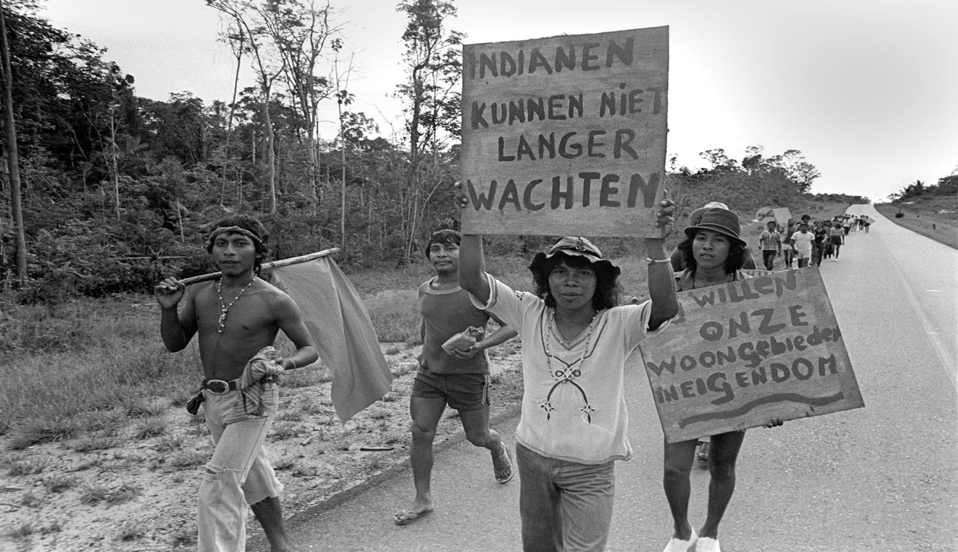
Significance of Maroons in Suriname’s History
Influence on Suriname’s social, political, and cultural landscape
The Maroons have greatly influenced Suriname’s social, political, and cultural landscape. Their struggle for freedom and autonomy has left an indelible mark on the nation’s collective consciousness. The Maroons’ resilience, resistance, and determination have inspired not only other marginalized communities in Suriname but also individuals worldwide who strive for justice and equality.
Legacy of Maroons in contemporary Surinamese society
The Maroons’ legacy continues to shape contemporary Surinamese society. Their contributions to education, politics, and cultural preservation have instilled a sense of pride and awareness among Surinamese people of all backgrounds. The recognition of Maroon heritage as an integral part of Surinamese identity has fostered greater inclusion, respect, and celebration of diversity within the country.
Challenges Faced by Maroon Communities Today
Land rights and territorial disputes
One of the major challenges faced by Maroon communities today is the struggle for land rights and autonomy over their traditional territories. Suriname’s rapid economic development and increasing demand for natural resources have led to conflicts over land and resources between Maroons, government agencies, and multinational corporations. The preservation of Maroon identity and cultural practices is closely tied to their ability to maintain control over ancestral lands.
Preservation of cultural heritage in modern society
In an increasingly globalized and interconnected world, preserving Maroon cultural heritage faces challenges. Urbanization, migration, and the influence of mainstream culture can pose threats to the transmission of traditional knowledge, practices, and languages. Ensuring the continuity and vitality of Maroon culture requires innovative approaches that blend traditional practices with modern ideas, technologies, and educational opportunities.
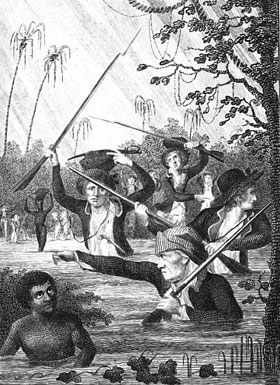
Development and Progress of Maroon Communities
Education and economic opportunities for Maroons
Efforts are being made to improve educational opportunities for Maroon youth by establishing schools in rural communities and implementing curriculum that recognizes their cultural heritage. Additionally, initiatives to promote economic development and entrepreneurship within Maroon communities aim to empower individuals to create sustainable livelihoods and improve their overall well-being.
Social empowerment initiatives for Maroon youth
Recognizing the potential of Maroon youth as agents of social change, programs and initiatives focusing on leadership development, mentorship, and cultural exchange have been implemented. These initiatives aim to provide Maroon youth with the necessary skills, knowledge, and self-confidence to take an active role in their communities and contribute to the broader development of Suriname.
Role of Maroons in Promoting Diversity and Inclusion
Maroon identity as a symbol of Surinamese diversity
The Maroons’ unique cultural identity and history serve as a symbol of Suriname’s diverse population and immense cultural heritage. The celebration and recognition of Maroons create opportunities for intercultural exchange, understanding, and mutual respect among different ethnic groups in Suriname. Maroon traditions have become an integral part of the national cultural fabric, contributing to the country’s reputation as a multicultural society.
Efforts to foster unity among different ethnic groups in Suriname
Maroons have actively participated in initiatives aimed at fostering unity and inclusivity among different ethnic groups in Suriname. Through cultural festivals, dialogues, and community projects, they have sought to bridge the gaps between various communities, promote social cohesion, and build a shared sense of national identity based on mutual respect and understanding.
International Recognition of Maroon Heritage
UNESCO recognition of Maroon heritage sites
In 2008, UNESCO designated the Maroon heritage sites of Suriname as a World Heritage property. The designation acknowledges the outstanding value of Maroon heritage, culture, and history to humanity. The recognition has not only boosted tourism to the region but has also raised global awareness about the importance of preserving and protecting Maroon cultural practices and natural landscapes.
Inclusion of Maroon history in educational curricula
Efforts are being made to incorporate Maroon history into Suriname’s educational curricula at all levels. By including Maroon history and culture in schools, students of all backgrounds can learn about the contributions and struggles of the Maroons, fostering a greater appreciation for cultural diversity and social justice. This integration also allows for a more comprehensive understanding of Suriname’s history as a multicultural nation.
Conclusion
The Maroons have played a vital role in Suriname’s history, contributing to the country’s social, political, and cultural development. Their resilience, resistance, and determination have left an enduring legacy that continues to inspire generations. As Suriname moves forward, it is essential to honor and preserve the contributions of the Maroons, recognizing their heritage as an integral part of the nation’s identity. By celebrating their culture, supporting their communities, and advocating for their rights, Suriname can continue to flourish as a diverse and inclusive society.
